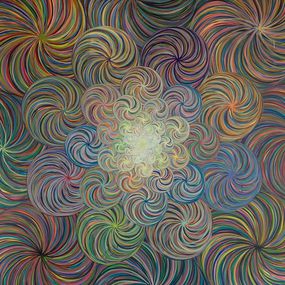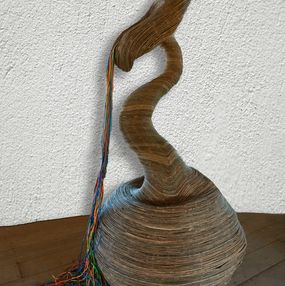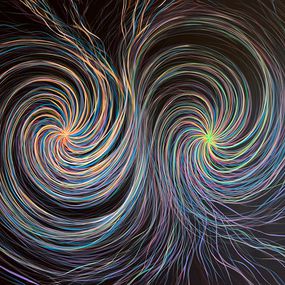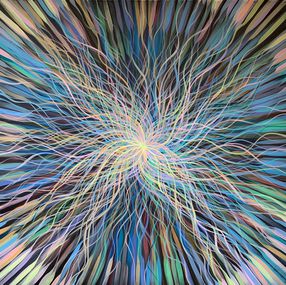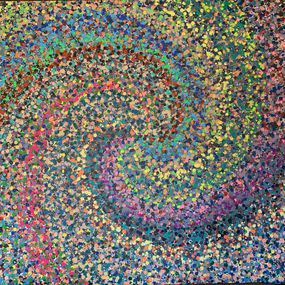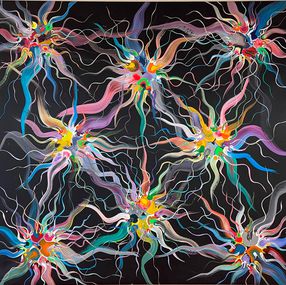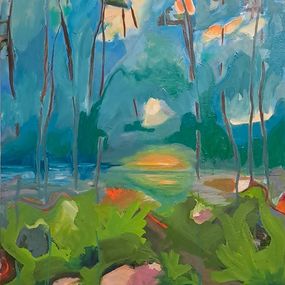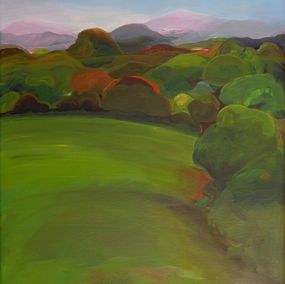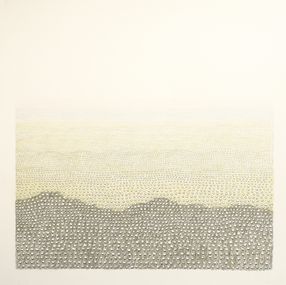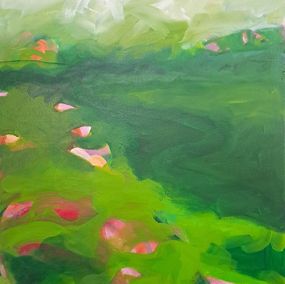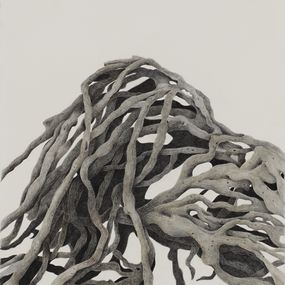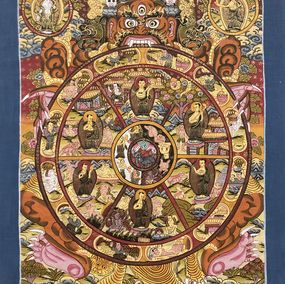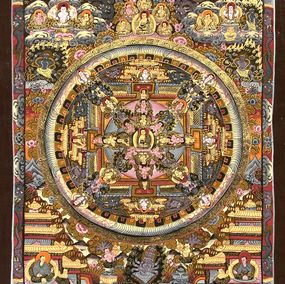
Mandala patterns
Mandala patterns have a deep and rich history, originating from the religion of Buddhism in India during the 1st century BCE. During the few centuries that followed they were produced in countries including India, Nepal, Indonesia, Japan and China. They were painted by laymen who usually came from a lineage of painters. Mandalas were often carried across Eurasia by travelers, being used as devotional images and symbolizing an ideal universe. Mandalas come in a wide range of designs but are generally characterized as a circular geometric design.
The use of the mandala was first popularized in the West in the 20th century, after Swiss psychologist Carl Jung began to explore their potential to uncover the collective unconscious, or the universality of human experience. Mandalas are now produced all over the world, and are synonymous with the practice of meditation and their potential to induce mental relaxation.
Mandalas are frequently represented in the world of contemporary art, whether for aesthetic or spiritual purposes. Join us as we discover contemporary artists whose work is inspired by the historic mandala, including Emma Anna and Mauro Ricco Zaraj!





